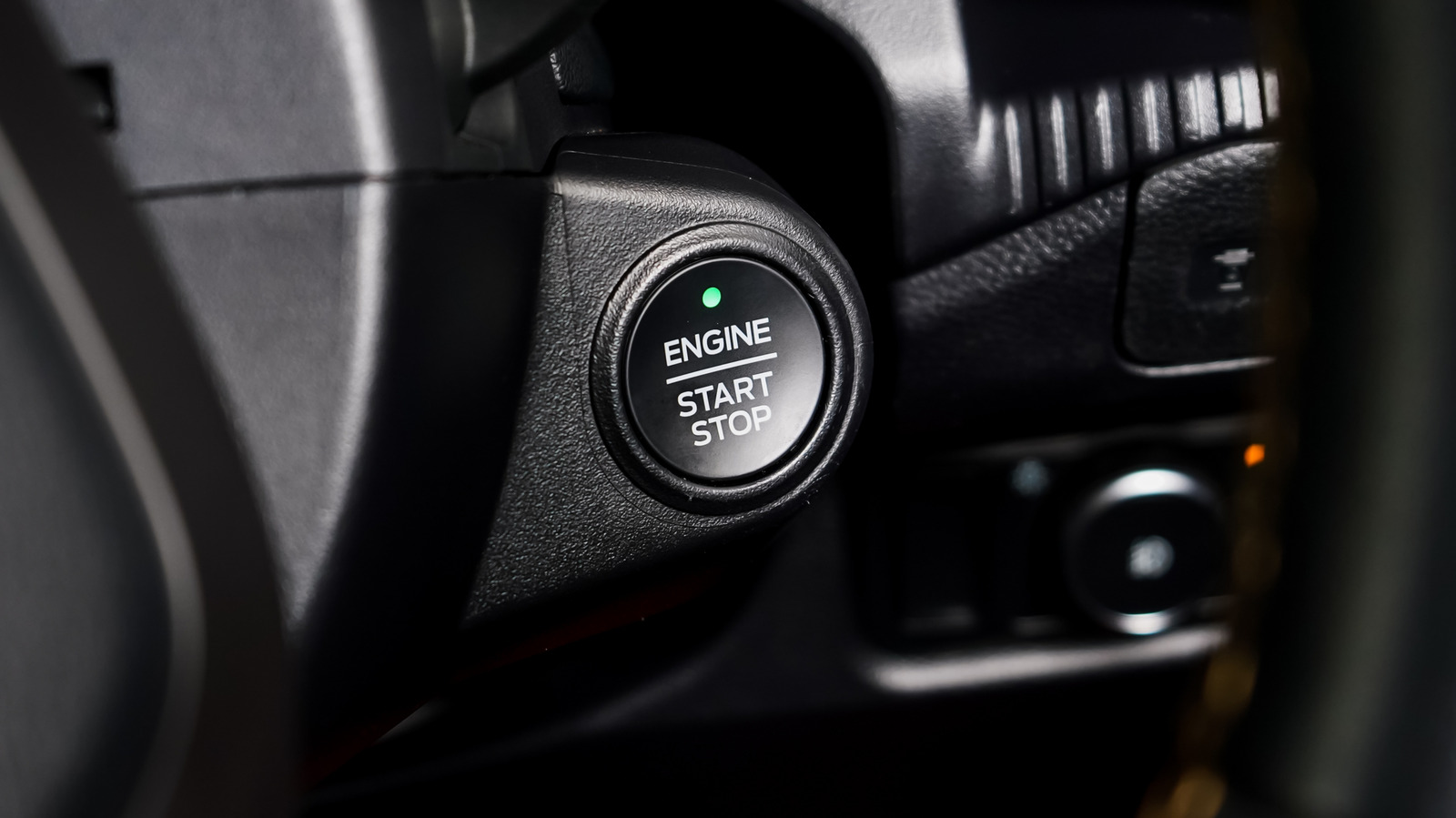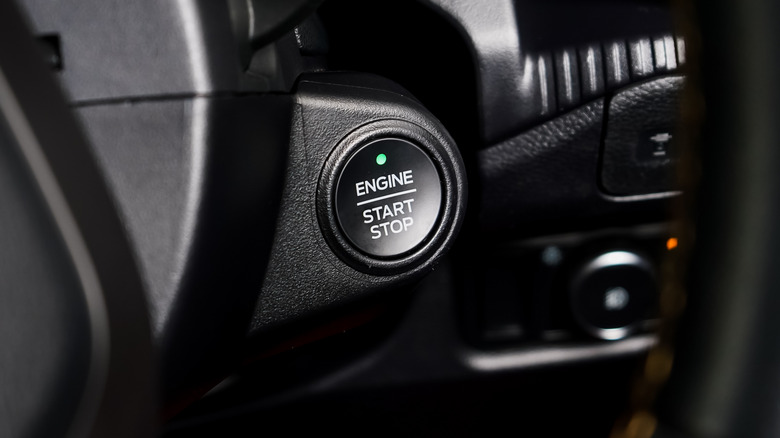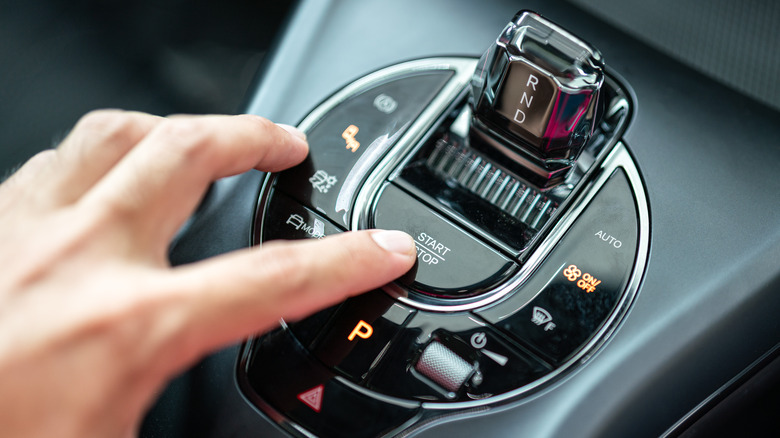We really are living in the future when your car just magically knows you’re there without you having to do anything. The jingling of keys used to be the universal symptom of turning a car on, but these days, more and more drivers merely have to push a button. Most of the time, your keys never have to leave your pocket or purse (though if that key is perfect, maybe you’ll want it to).
Of course, it isn’t magic, it’s a radio signal coming from your key fob. And the transmitter for that signal is powered by a battery. So, what happens if the battery goes dead? Are you locked out of your car? Curse this modern age!
Not to worry, because the people smart enough to engineer an entire car were also smart enough to think of a backup. First of all, some fobs actually contain a physical key (you may have to push a button or pry open a panel to get it, although some keys and key fobs are even weirder). That’ll get the door open, and some cars even have an old-school ignition keyhole to get the engine started. For cars with a push-button start, however, all you have to do is physically put your dead-battery fob in a designated location, and the button will still work. If you’re wondering how on earth the car knows a dead key is there, the answer, once again, isn’t magic, it’s science.
Induction coils to the rescue
Your car uses a radio frequency identification system to know which remote key it should be opening for. Essentially, the car constantly sends out a little signal with a certain code, and then listens for the properly encoded response. Your fob listens for that ping, and when it detects it, sends back the right code. This way, your car opens for you and you alone.
To work properly, then, your fob just needs to transmit a signal, which takes electricity, hence the battery. In case the battery goes dead, both your car and the fob are also fitted with induction coils. Just like a wireless charger for your phone or even a hotel card key, the magnetic field generated by one of the coils causes an electric current to flow in the other. In other words, the coil in your car (pulling energy from the car battery) will magnetically cause electricity to flow in your fob, thus powering the transmitter.
Where is this coil in your car? Well, every car manufacturer seems to have come up with a different answer to that, so it’s best to check your owner’s manual; that will tell you where to place your dead fob to let the start button work. For your own peace of mind, probably better to do that now, rather than wait until it’s an issue.




